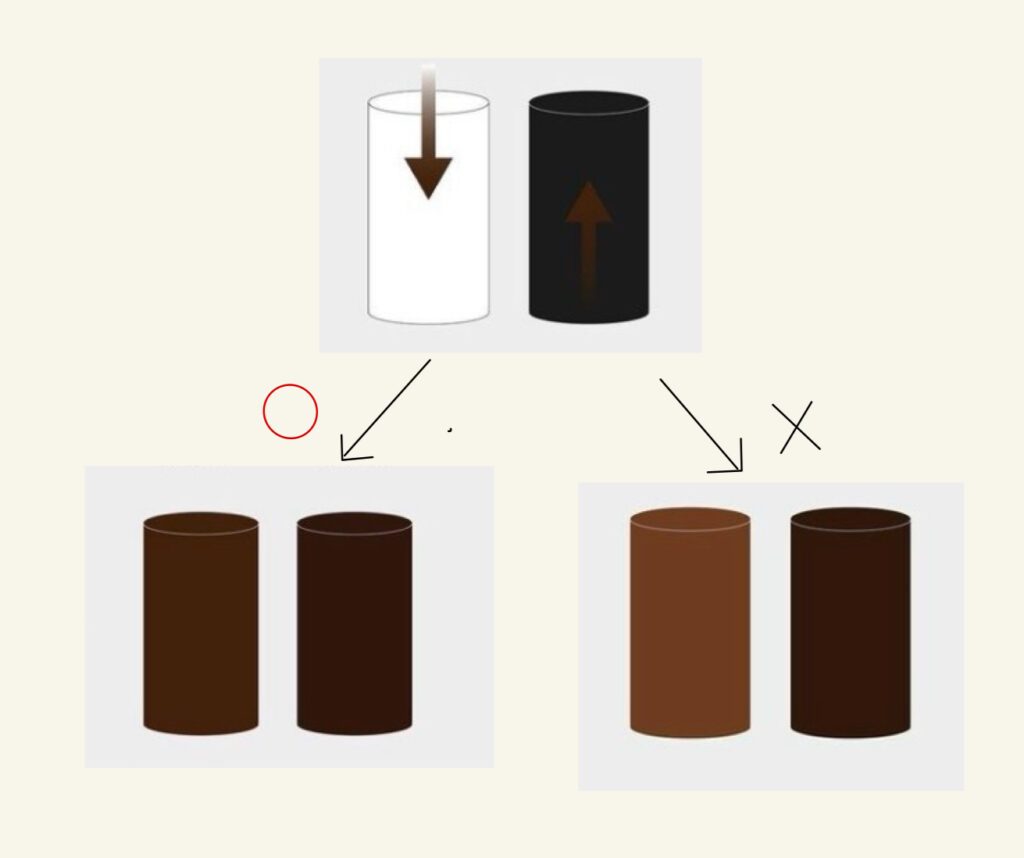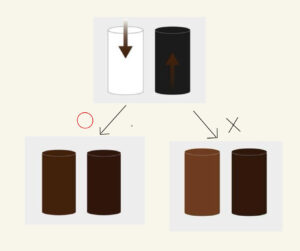Vol.37 Tailored Hair by Aki : Color Edition-Fundamentals of Coloring Gray Hair 1
04.30.2024

Among hair coloring methods, we are going to delve into coloring grays.
Despite the lack of a general definition for gray coverage, there are several characteristics commonly recognized within the industry.
- Brown dyes are most commonly used when covering grays.
- The alkalinity level is relatively high.
These two characteristics stem from the unique challenges that dying gray hair poses: Gray hair tends to resist color absorption, requiring a rich dye and a certain alkalinity level for proper saturation.
The process of coloring grays follows the principles of addition and subtraction.
Basically, color is added to the gray hairs (addition), while the natural hair is lightened (subtraction). Using this approach, the new color is introduced to the gray hairs while simultaneously lifting the natural color, reducing the contrast between strands and improving the overall natural appearance of the hair.
When there is a significant contrast between the gray and natural hair, maintaining uniformity in the result is crucial to avoid making it obvious that the gray hair has been dyed. Therefore, balancing these elements is vital.

Grasping these technical aspects is essential when coloring gray hairs. Understanding the distinct attributes of coloring gray hair is essential for making suitable decisions based on hair texture and desired results, particularly regarding the utilization of brown dyes and elevated alkalinity levels.
Furthermore, by utilizing the principles of addition and subtraction, you are able to create a gorgeous look by maintaining the balance between gray and natural hairs, where the grays can serve as highlights with the right design.
Next time, we’ll go over the process of color saturation in hair, the application techniques involved, and methods for designing and coordinating colors.